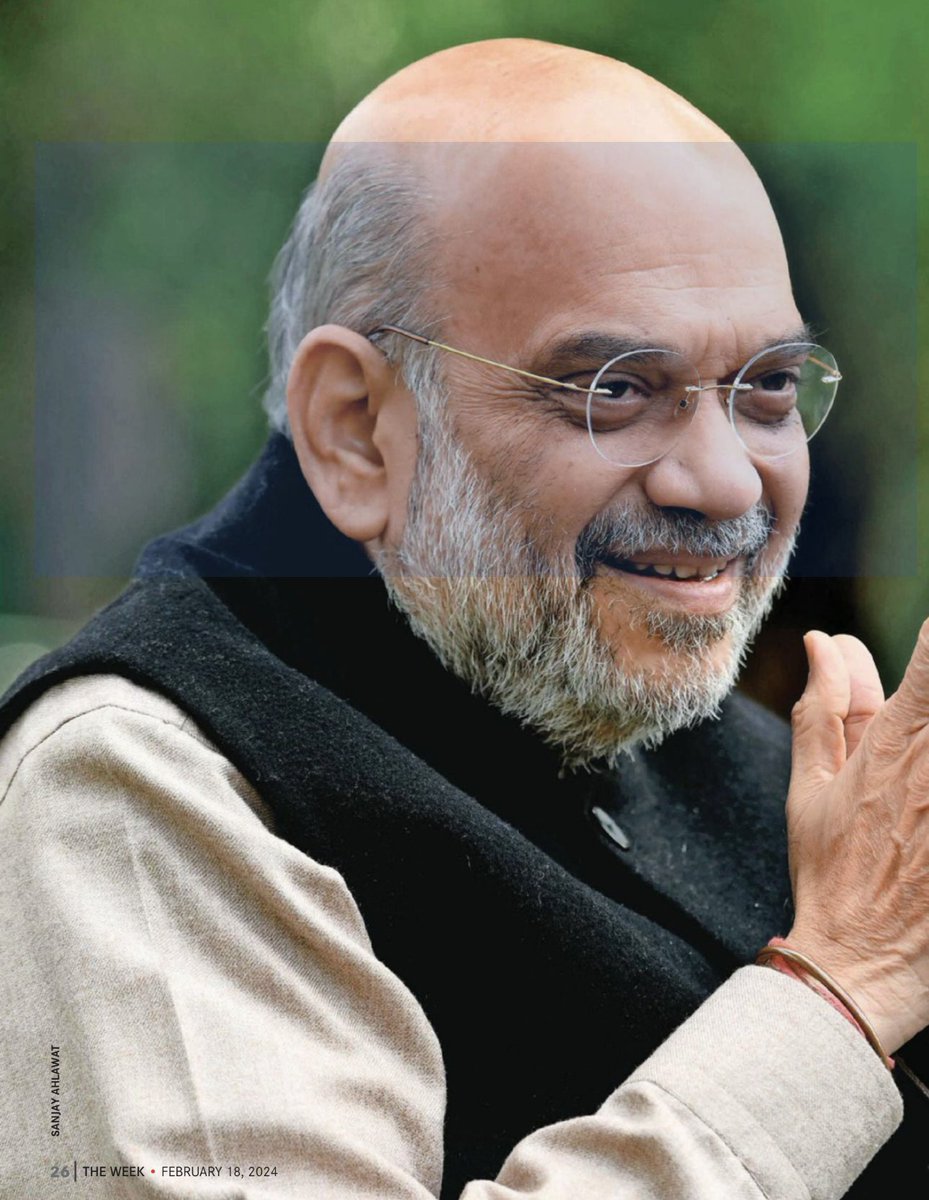So what is it in the latest AAP ad which every concerned Hindu should take note of? The latest ad by AAP tells private schools that they have to provide free uniforms & stationary to (Economically Weaker Section / Disadvantaged Group) students admitted under the 25% free quota. 

“Provision of free books, uniforms and other stationary for EWS/DG category students in private schools (except minority schools) is mandatory.”
Voila! RTE doesn’t apply to minority run schools (even if they are aided, i.e receive Government funding)!
Voila! RTE doesn’t apply to minority run schools (even if they are aided, i.e receive Government funding)!

With an immaculate sleight of hand, Sonia Gandhi ensured that privately run Hindu schools are browbeaten to comply with a draconian law like RTE in the name of ‘inclusion’ & ‘social justice’, while her core votebank is kept out of the ambit of this disastrous law. 

So while Nehru and Indira were impartial in their determination to strangulate our economy, Sonia has created an uneven playing field where minority run educational institutions have a huge advantage over their Hindu counterparts. 

So here is the Hobson’s choice – a school which charges less fees & offers a better learning environment for your child – so what if little Niharika or Ansh have to sing Christian hymns, attend chapel once a week, & not wear ‘religious symbols’ like mehandi, rakhee etc to school? 

• • •
Missing some Tweet in this thread? You can try to
force a refresh












